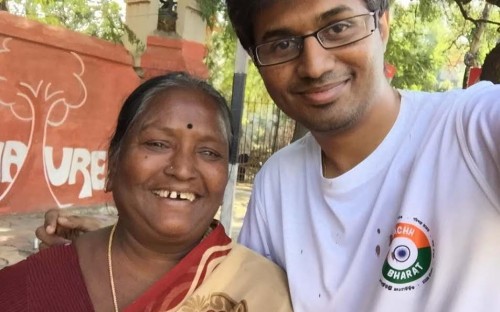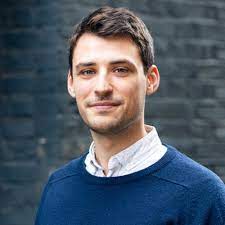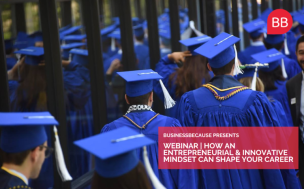Launched in line with the Indian government’s Clean India Mission in late 2014, Mahek’s Swachh Bharat Clean India mobile app was created out of a desire to empower local populations, improve local infrastructure, and clean India’s streets.
Since its launch, the Clean India app has become the largest repository of Clean India Mission news - including over 8,500 articles and over 1000 motivational videos - and attracted over 50,000 users nationwide. Through the app, users can take pictures to report directly on streets that need cleaning or problems that need to be fixed by local authorities.
Mahek wants to use the citizen-generated data to form the basis for the ‘smart’ interconnected cities of the future. He wants to drive social and environmental change, create new jobs, achieve huge returns, and, ultimately, make his latest business into a national success story.
This time around, with the experience of the MIP MBA on board, he’s better placed to do so.
How did the idea to start up the Clean India app come about?
I did a variety of user research studies across Indian cities. Every city I visited had same issue: people were unhappy with their municipal corporations, but grievance reporting was cumbersome, difficult, or non-existent. There was a complete lack of transparency.
I’ve been interested in the field of governance for a long time and I have knowledge of mobile apps. My mission was simple: that in three simple clicks on their smartphone, everyone should be able to post their complaints.
Then, using the data we gather through the app, we can build smarter solutions or provide alternative fixes to any recurring issues.
What do you hope to achieve?
The app is ready for deployment across prospective smart cities. If we implement our planned business strategy neatly, we should get a return of 10-to-50 times our investment, while solving a real-life problem.
Five-to-ten years from now, we plan to be the next one-billion-dollar unicorn and set the benchmark for the integrated smart city projects of the future.
We will be applying for funding from the Startup India initiative in the coming months, through which we plan to fix over two million potholes across 50 localities in India, and create close to 3000 civil and mechanical engineering jobs linked to our app.
What challenges do you face?
We are the longest-running smart phone-powered mobile governance solution in the world with no formal partnerships with, or recognition from, the government.
There is a lot of bureaucracy involved with getting things implemented in India. The conventional way of running of municipal corporations will change, and there will be resistance to this change. A lot of jobs will have to be re-structured and new job functions and processes will replace many existing processes. All of this is bound to cause techno-phobia within the existing departments.
Why did you decide to pursue an MBA at MIP?
I shut down my previous startup as I felt that I lacked skills in the design aspect of building new products and, due to a lack of past managerial experience, I was also unable to manage my time and resources appropriately.
I chose the MIP MBA, in the design capital of Italy, to improve my weaknesses. MIP would also help improve my communication skills drastically and provide exposure to multiple cultures of the world. In an MBA class of under 40 students, we had over 15 nationalities.
What advice do you have for MBAs looking to start their own business?
Don't waste time trying to launch a perfect product. We launched our first version with one core feature. Since then, we have had 14 major iterations to our product, most of which were based on user feedback and study of usage patterns. We started with only a handful of tools and technologies but have since tested and implemented more than 40.
And be patient: very few ideas are immediately profitable. We have been bootstrapping this product for three straight years, and only now may have finally found the best way to become self-sustainable.
RECAPTHA :
68
6a
c9
a2




 1
1 



Comments.